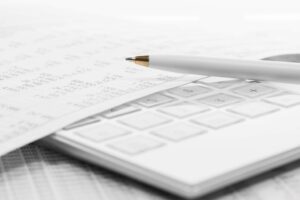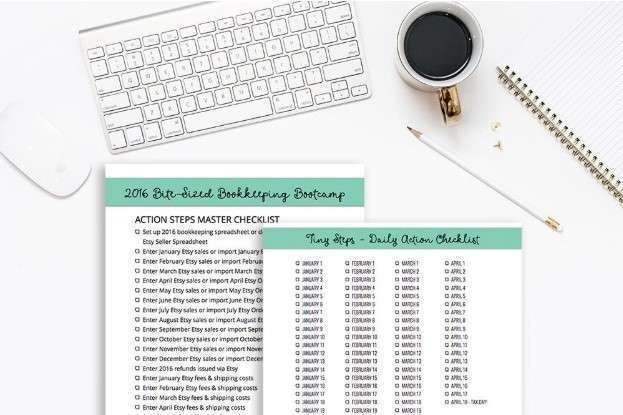
This enables you to optimize stock levels, minimize overstock, and prevent stockouts. The ability to provide organized and complete receipts is crucial in the event of an audit. Retailers should maintain records for retail accounting several years to ensure compliance with tax regulations.

Retail Accounting Books Insights
- All templates provided by XLSX templates are free and no payment is asked.
- Operating expenses include all costs not directly related to product production.
- To track inventory movements accurately and predict what will be needed in the future, a good inventory management system is necessary.
- By keeping a close eye on money coming in and going out, retailers can make sure they have enough cash to pay their short-term bills.
- FIFO is also a good formula to use when companies want to increase their valuation by showing lower cost per unit and higher profit margins.
Mastering the art of bookkeeping is a journey, not a destination, and for retail stores, it is a journey well worth undertaking. A well-organised chart of accounts is the backbone of effective bookkeeping. Tailor your chart of accounts to the specific needs of your retail business, ensuring that it reflects the intricacies of your revenue streams and payroll expense categories.
Review Financial Reports Regularly

Just like your income, you also have to record all your business expenses. All the records you keep must be checked against bank statements and other financial statements to ensure there are no inaccuracies or you don’t lose track of where the money from your business is. You can take help from accounting software like Vencru to automate regular expenses like rent or lease. Operating costs such as rent, utilities, and employee wages can quickly add up. To control expenses effectively, retail businesses employ advanced accounting software that categorizes and tracks expenditures. This data can uncover cost-saving opportunities and assist in budgeting.
Different Types Of Retail Store Accounting Methods:

For retail businesses, maintaining accurate and https://www.bookstime.com/ up-to-date inventory records is critical. Bookkeeping for a retail store involves tracking the cost of goods sold, monitoring inventory levels, and reconciling any discrepancies. This not only aids in preventing stock outs or overstock situations but also helps in identifying slow-moving or obsolete products. For instance, a retail / thrift store that prioritizes pricing transparency and customer value may lean towards retail thrift store accounting methods to align inventory costs with selling prices. The advantages of retai/ thrift store accounting extends beyond financial management to operational efficiency and strategic planning. Bookkeeping in retail / thrift stores is not just about recording numbers; it is a strategic tool that provides valuable insights into a store’s financial health and performance.

Because LIFO gives a somewhat inaccurate and unflattering picture of company profits, it’s actually illegal in most parts of the world. In fact, as of 2022, only the U.S. and Japan allow it as a retail accounting method. Simply put, in accounting the retail method is utilized by sellers to help estimate the value of products in inventory at hand. This refers to COGS as well as finished goods by calculating the cost percentage to the retail price of sold goods. Retail accounting necessitates collection and management of sales taxes, which includes recording transactions, determining tax obligations, and ensuring compliance with tax laws. Starting with the advantages—retail accounting can help you quickly estimate your inventory balance, especially when doing multichannel inventory management.

